composite decking vs merbau
Explore the differences between composite decking and Merbau wood to help you decide which material is best suited for your next outdoor project. Discover the pros and cons of each option.
Composite Decking vs Merbau: A Comprehensive Analysis
Durability
When comparing composite decking and Merbau wood, one of the key factors to consider is durability. Composite decking, made from a mixture of wood fibers and plastic, offers excellent resistance against moisture, insects, and rot. According to a study by the University of Kentucky (University of Kentucky), composite materials can last up to 25 years with proper care. On the other hand, Merbau wood, known for its hardness and density, is highly durable and can withstand harsh weather conditions. However, it is susceptible to warping and cracking over time if not properly maintained. Expert opinion suggests that while Merbau provides natural beauty and strength, composite decking often outperforms in terms of longevity due to its resistance to environmental factors.
Maintenance
Maintenance requirements are another crucial aspect when choosing between composite decking and Merbau. Composite decking typically requires minimal upkeep, as it resists stains, scratches, and fading. Regular cleaning with soap and water is usually sufficient to keep it looking new. In contrast, Merbau wood needs regular sealing and staining to prevent it from fading and to protect it from moisture damage. This additional maintenance can be time-consuming and costly over the long term. According to a report by Bob Vila (Bob Vila), composite decks are generally easier to maintain compared to their wooden counterparts.
Cost
In terms of initial costs, composite decking tends to be more expensive than Merbau wood. The average price for composite decking ranges from $3 to $8 per square foot, whereas Merbau wood can cost between $2 and $5 per square foot. However, the higher upfront investment in composite decking could be offset by lower maintenance costs over time. As noted in an article by This Old House (This Old House), composite decking may offer better value in the long run due to its durability and reduced maintenance needs.
Appearance
The aesthetic appeal of composite decking and Merbau wood also plays a significant role in the decision-making process. Composite decking is available in various colors and styles, allowing homeowners to achieve a specific look without the need for frequent repainting or refinishing. Merbau wood, on the other hand, offers a rich, natural appearance that many find appealing. Its unique grain patterns and warm tones can enhance the visual appeal of any outdoor space. According to a blog post by HomeAdvisor (HomeAdvisor), both options have their own charm, and the choice ultimately depends on personal preference and desired aesthetics.
Environmental Impact
Both composite decking and Merbau wood have environmental implications. Composite decking is often praised for being made from recycled materials and having a lower carbon footprint compared to traditional wood. However, concerns about the production process and eventual disposal of composite materials exist. Merbau wood, sourced from tropical regions, raises issues related to deforestation and habitat destruction. Sustainable sourcing practices and certifications like FSC (Forest Stewardship Council) can help mitigate these concerns. An article in Treehugger (Treehugger) discusses how sustainable choices in decking materials can contribute to a greener future.
Conclusion
Choosing between composite decking and Merbau wood involves weighing multiple factors such as durability, maintenance, cost, appearance, and environmental impact. While composite decking offers longevity and low maintenance, Merbau wood provides a natural aesthetic and high durability. Ultimately, the best choice depends on individual preferences and priorities. By considering these aspects, homeowners can make an informed decision that aligns with their needs and values.
Reference
University of Kentucky, Bob Vila, This Old House, HomeAdvisor, Treehugger
Baoding Plastroy WPC Products
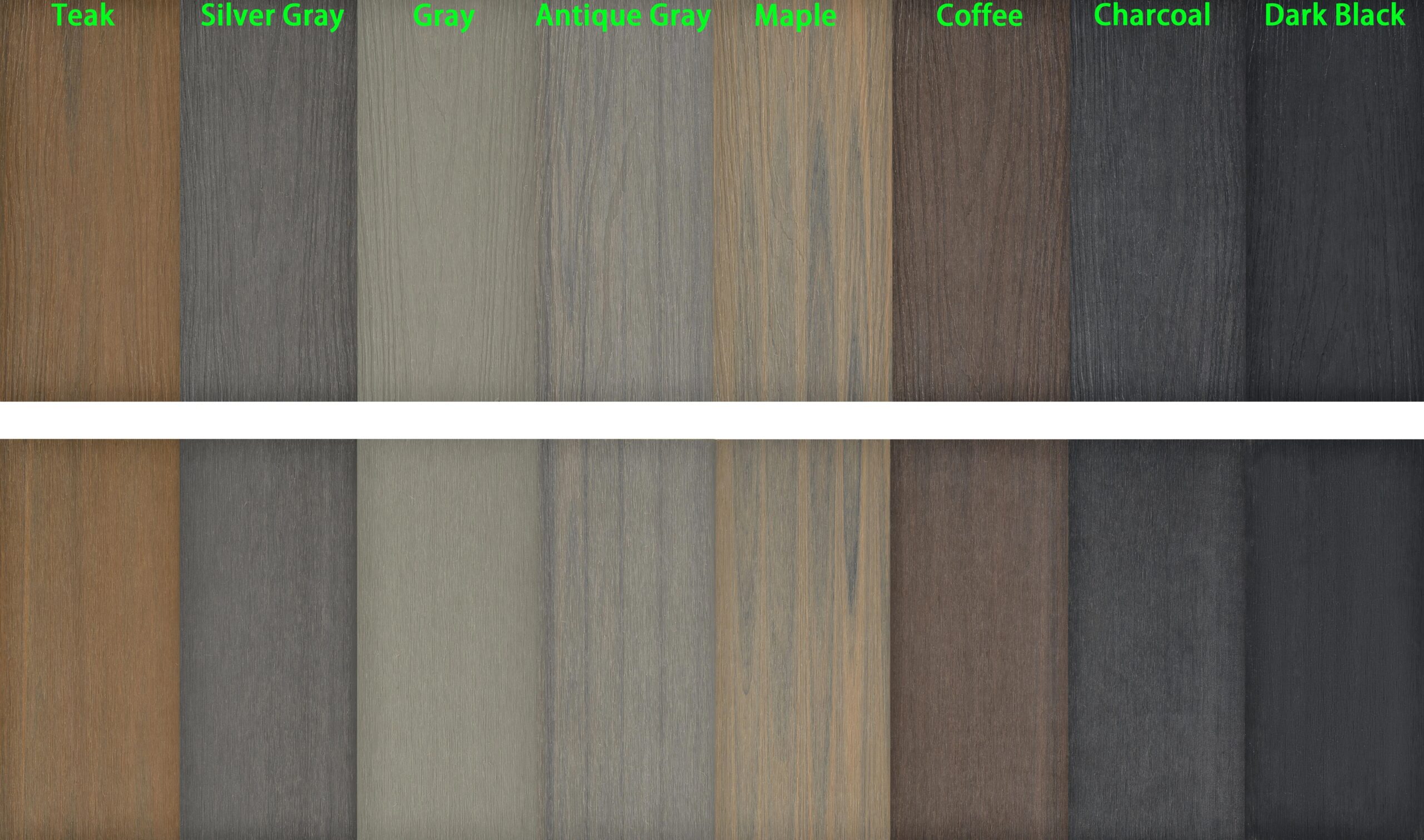
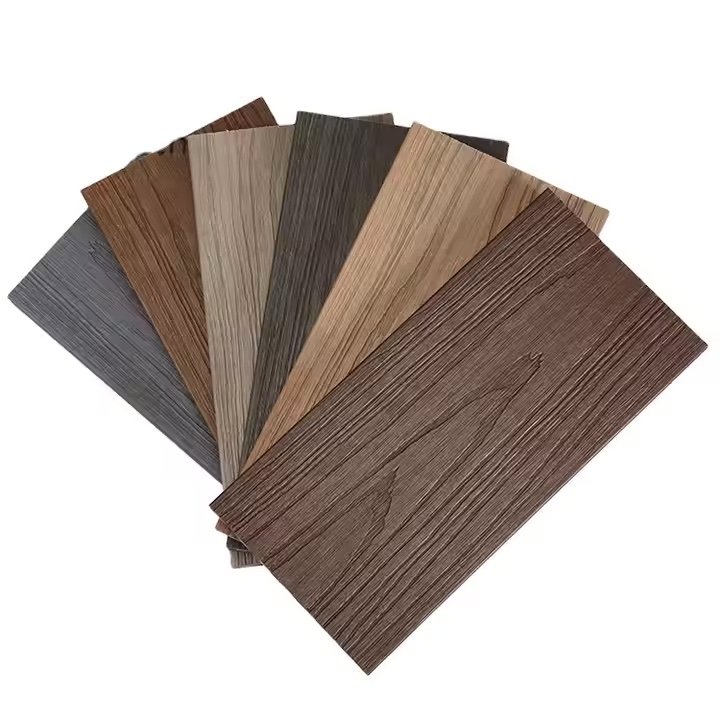
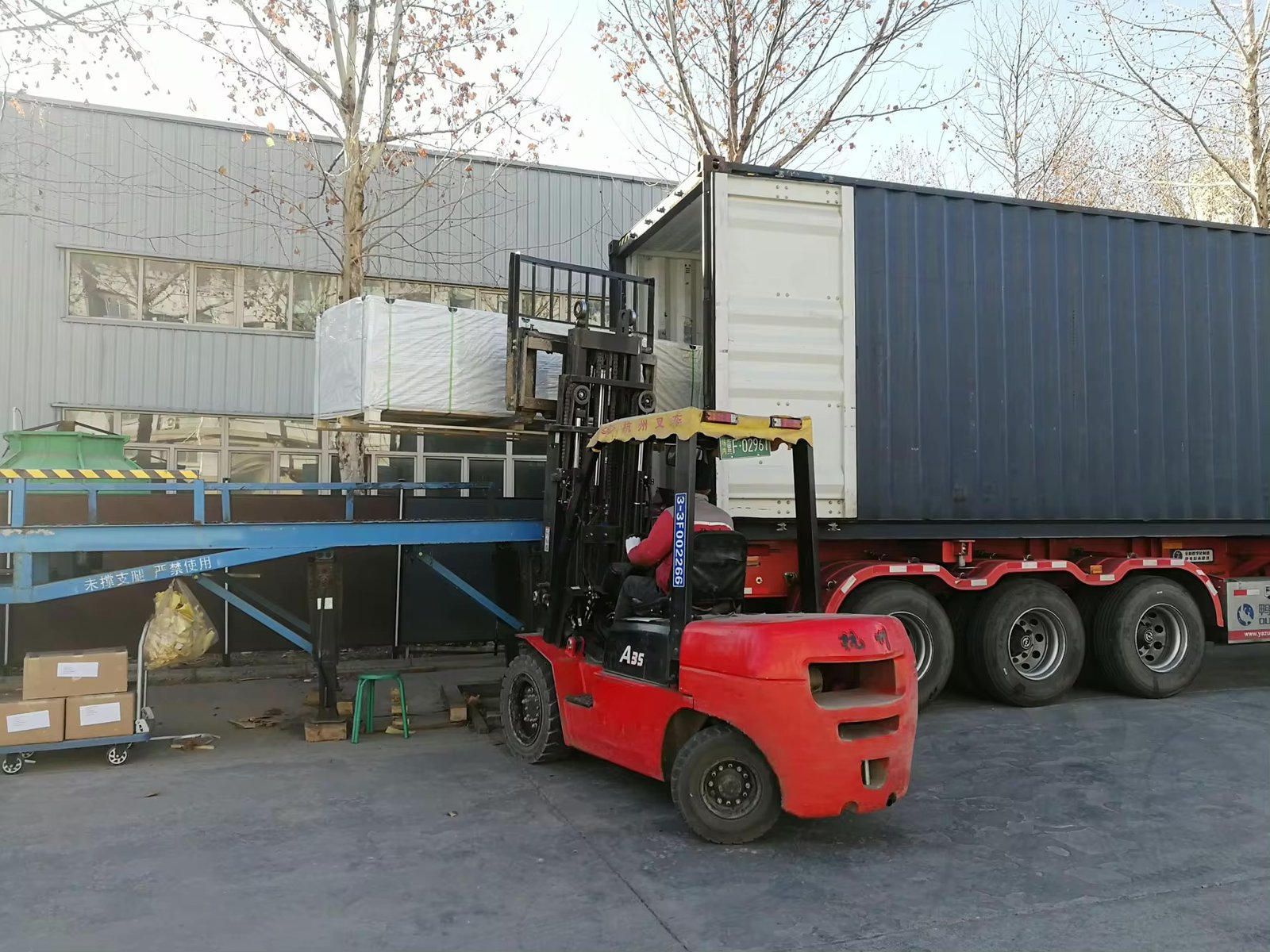
Why Choose Plastory?
Baoding Plastory New Materials Co., Ltd. is a manufacturer of decorative materials with over 9 years of experience and 56 separate production lines.
Currently, our annual production exceeds 30,000 tons, with products exported to more than 50 countries worldwide.
Plastory is the drafting unit of the WPC National Standards and has obtained certifications such as REACH, ASTM, CE, and FSC. Plastory is dedicated to maintaining consistent quality, focusing on details, and prioritizing customer satisfaction.
Our factory is located in Baoding, Hebei Province, China, with a prime location and convenient transportation access. Baoding is approximately a 1.5-hour drive from Beijing Capital International Airport and just 2 hours away from Tianjin Port, making it easy for global clients to visit and facilitating efficient shipping of goods. Our facility spans a large area, equipped with advanced production equipment and modern testing facilities to ensure that every batch of products meets the highest quality standards.
We warmly welcome clients from around the world to visit our factory, where you can see our production processes firsthand and experience our product quality. Please feel free to reach out to us—we are committed to providing you with the best products and services.
Kindly get in touch with us to request a product catalogue.


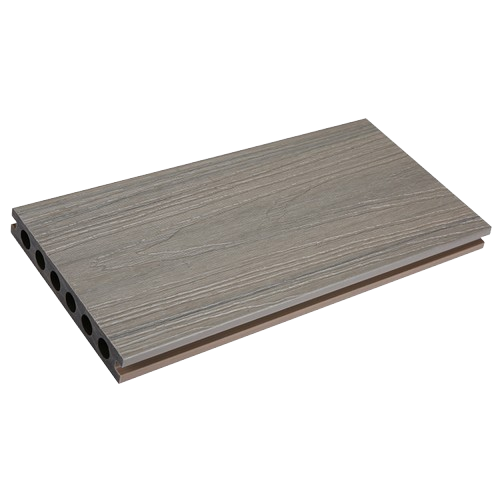
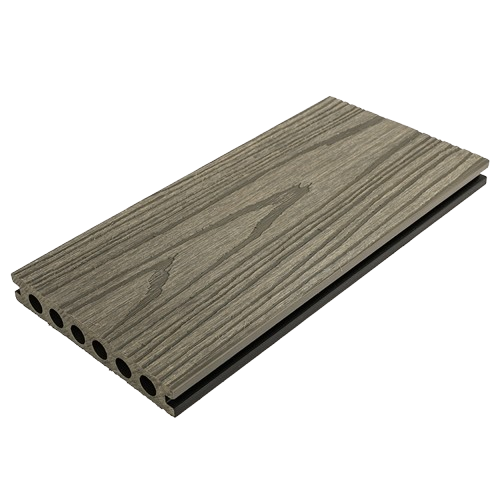
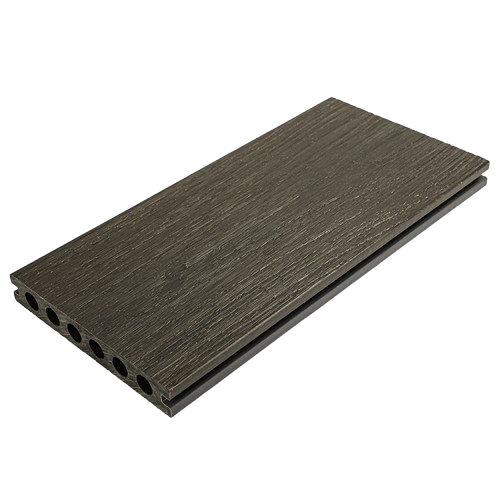
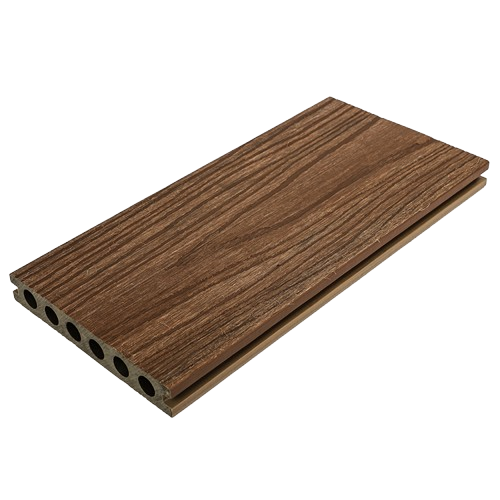
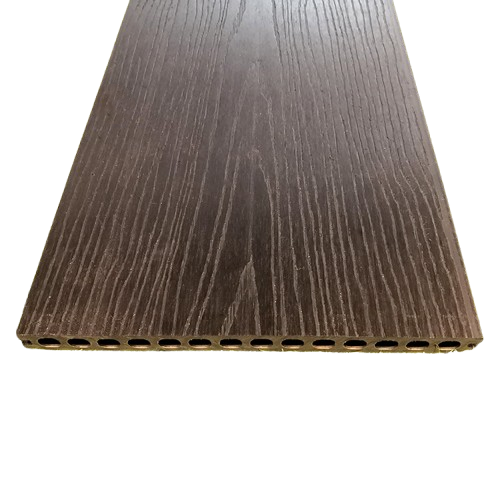

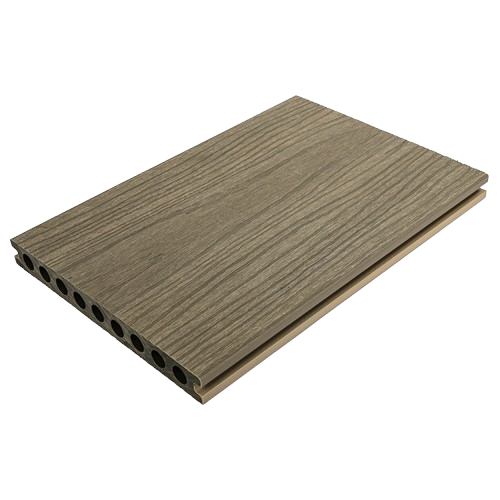

Reviews
There are no reviews yet.